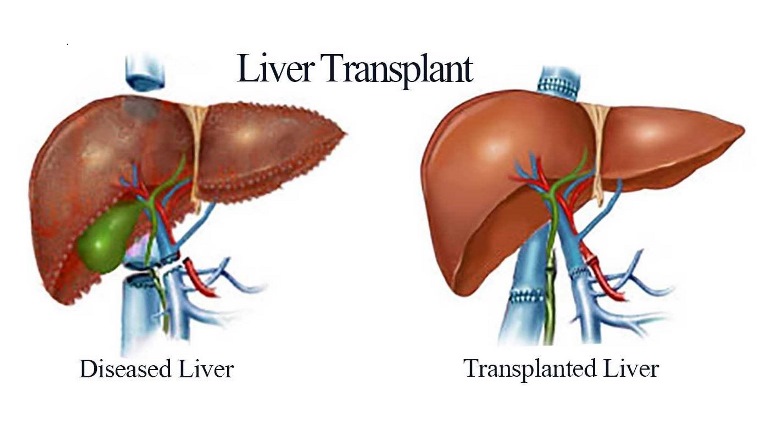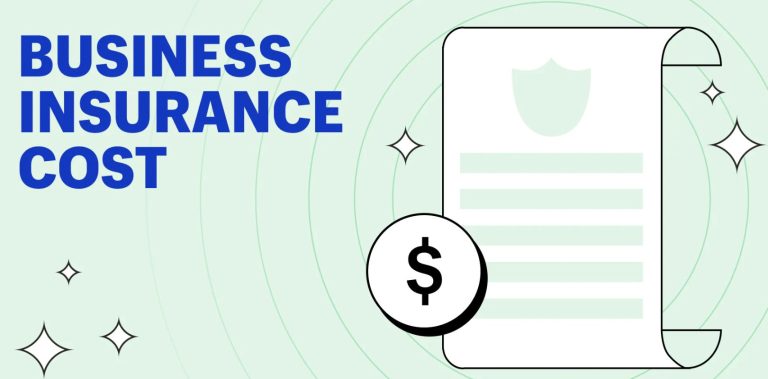Life insurance with disability, often referred to as disability income insurance, is a specialized type of insurance policy designed to provide financial protection in the event of a disabling illness or injury that prevents you from working and earning an income. This article will delve into the intricacies of life insurance with disability, exploring its benefits, types, factors affecting premiums, and the claims process.
Contents
Understanding the Importance of Life Insurance with Disability
Financial Security
Life insurance with disability acts as a safety net, ensuring that you and your loved ones have a steady income stream even if you are unable to work due to a disability. This financial security allows you to maintain your lifestyle, cover essential expenses like mortgage payments, utility bills, and medical costs, and alleviate the financial burden on your family.
Peace of Mind
Knowing that you have a financial safety net in place provides peace of mind, allowing you to focus on your recovery and rehabilitation without the added stress of financial worries. This peace of mind can significantly contribute to your overall well-being and speed up your recovery process.
Types of Life Insurance with Disability
Individual Disability Income Insurance
Individual disability income insurance is a policy that you purchase on your own to protect your income in case of a disability. This type of policy is typically more expensive than group disability insurance but offers more comprehensive coverage and flexibility in terms of policy customization.
Group Disability Insurance
Group disability insurance is offered by employers as part of their employee benefits package. It provides basic coverage to employees in case of a disability, but the coverage amount may be limited and may not be sufficient to cover all your expenses.
Factors Affecting Premiums for Life Insurance with Disability
Occupation
Your occupation plays a significant role in determining your premium rates. Occupations that involve manual labor or a higher risk of injury are likely to have higher premiums compared to desk jobs.
Age and Health
Your age and health condition also influence your premium rates. Younger and healthier individuals generally qualify for lower premiums, while older individuals or those with pre-existing health conditions may face higher premiums.
Coverage Amount and Benefit Period
The coverage amount you choose and the benefit period (the length of time you will receive benefits) directly impact your premium costs. Higher coverage amounts and longer benefit periods translate to higher premiums.
Waiting Period
The waiting period, also known as the elimination period, is the time you must wait after becoming disabled before you start receiving benefits. Longer waiting periods typically result in lower premiums.
Optional Riders
Optional riders, such as cost-of-living adjustments or future increase options, can enhance your coverage but also increase your premiums.
Choosing the Right Life Insurance with Disability Policy
Assess Your Needs
Carefully evaluate your income, expenses, and financial obligations to determine the coverage amount and benefit period that best suit your needs.
Compare Quotes
Obtain quotes from multiple insurance providers to compare coverage options and premium rates.
Read the Fine Print
Thoroughly review the policy documents, paying close attention to the definitions of disability, exclusions, and limitations.
Consider Optional Riders
Evaluate whether any optional riders, such as cost-of-living adjustments or future increase options, would be beneficial for your situation.
The Claims Process for Life Insurance with Disability
Notify Your Insurer
Inform your insurance provider as soon as possible after becoming disabled.
Provide Documentation
Submit all necessary documentation, including medical records, physician statements, and employer verification of your disability.
Cooperate with Your Insurer
Be prepared to undergo medical examinations or provide additional information as requested by your insurer.
Receive Benefits
Once your claim is approved, you will start receiving benefits according to the terms of your policy.
Conclusion
Life insurance with disability is a crucial financial tool that provides peace of mind and financial security in the face of a disabling illness or injury. By understanding the types of policies available, factors affecting premiums, and the claims process, you can make informed decisions and choose the right coverage to protect yourself and your loved ones. Remember, investing in life insurance with disability is an investment in your future and well-being.
Read More: Life Insurance Companies in Minnesota: A Comprehensive Guide







